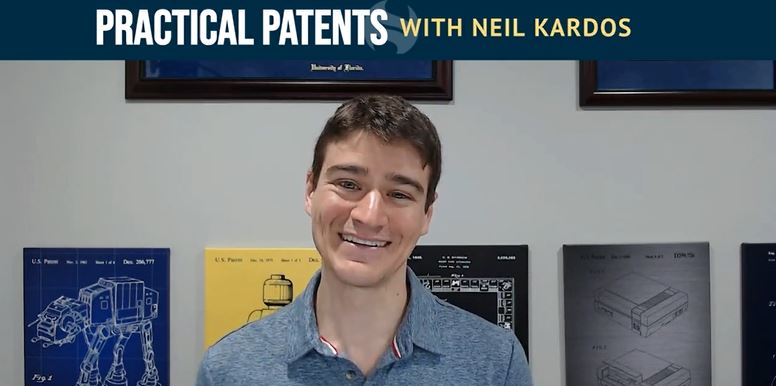Navigating the Maze of Machine Learning Patents: Strategies for Steering Clear of Obviousness
In the ever-evolving domain of machine learning, securing patents for novel inventions is a complex challenge. Neil Kardos shares his expert strategies in this week’s Practical Patents series. His focus is on the intricacies of drafting machine learning patent applications that stand out, avoiding the common trap of obviousness.
Neil stresses the significance of meticulously detailing machine learning patents. Building on the insights shared in last week’s blog post, which highlighted the importance of delineating the inputs to the model, the outputs generated, and the resultant actions, he now introduces three advanced strategies to further distance machine learning models from the risk of being deemed obvious.
Strategy 1: Novel Inputs
Neil’s first strategy centers on the unique choice of inputs in machine learning models. He advocates for leveraging unconventional inputs with significant predictive power to strengthen the non-obviousness of a patent application. For example, he cites the intriguing correlation between an individual’s time spent in a car and their smartphone purchasing preferences as a potential differentiator in a patent application.
Strategy 2: Diverse Outputs and Actions
The second strategy Neil suggests relates to the outputs of the models and the corresponding actions. He points out that beyond the typical binary actions, incorporating a range of responses based on different levels of probability can impart a unique edge to a patent. This could involve varying marketing tactics depending on the predicted likelihood of a customer making a purchase.
Strategy 3: Continual Model Refinement
Neil’s final strategy emphasizes the ongoing improvement and adaptation of machine learning models, especially through feedback mechanisms for re-training. Such adaptive features are often viewed positively by patent examiners and can be crucial in either the independent or dependent claims of a patent application.
Neil offers these strategies as a guide for those seeking to navigate the intricate world of machine learning patents. His insights shed light on effective approaches to elevate machine learning patent applications above the standard threshold of obviousness.
Don’t forget to come back for more tips in the next installment of the Practical Patents Series. Until next time, happy patenting!
Note: This blog post is based on the opinions and observations of the author and should not be considered legal advice. Consult a qualified patent attorney for specific guidance on patent application drafting.
Want more tips? Check out other Practical Patents videos with Neil Kardos here!

